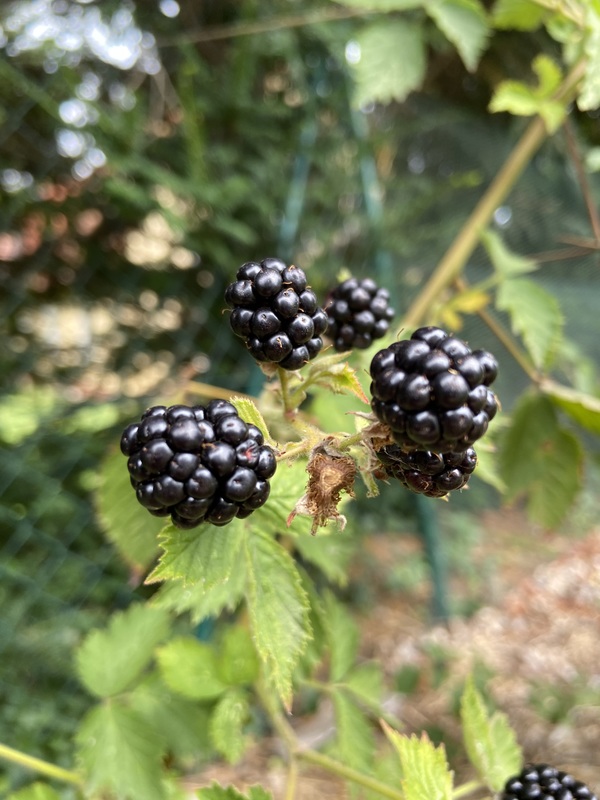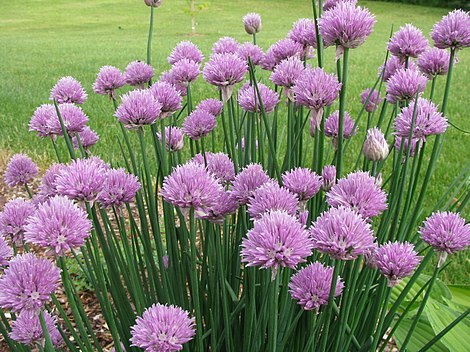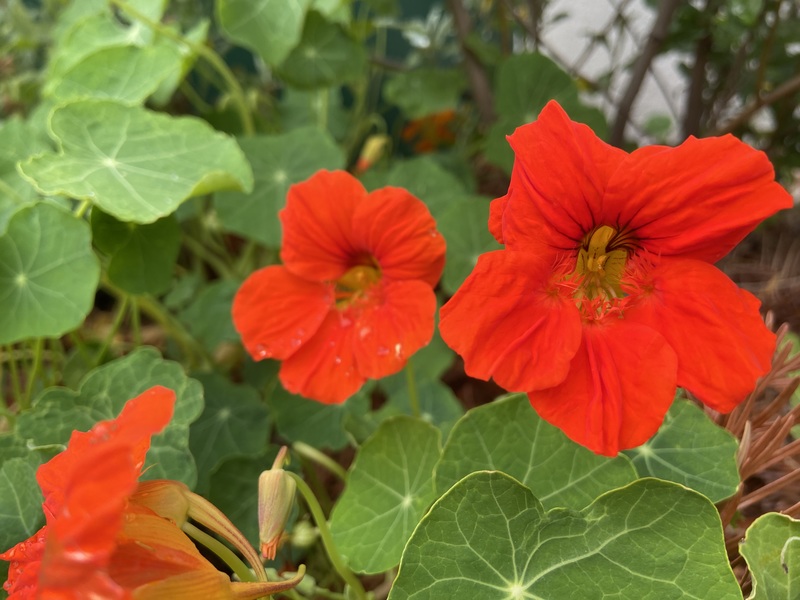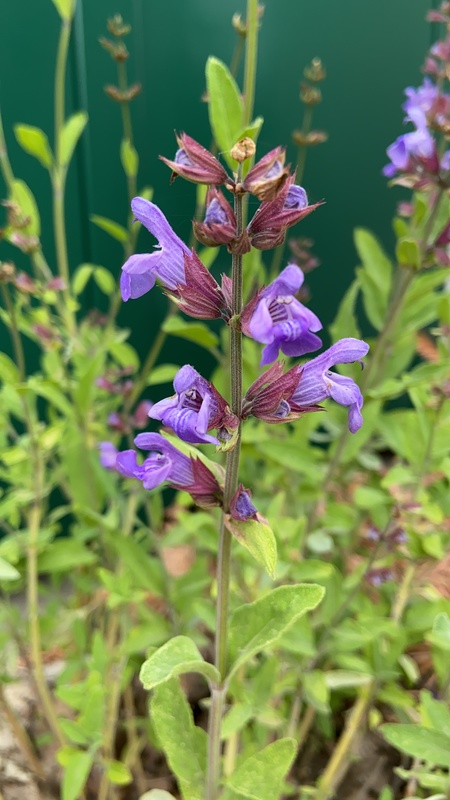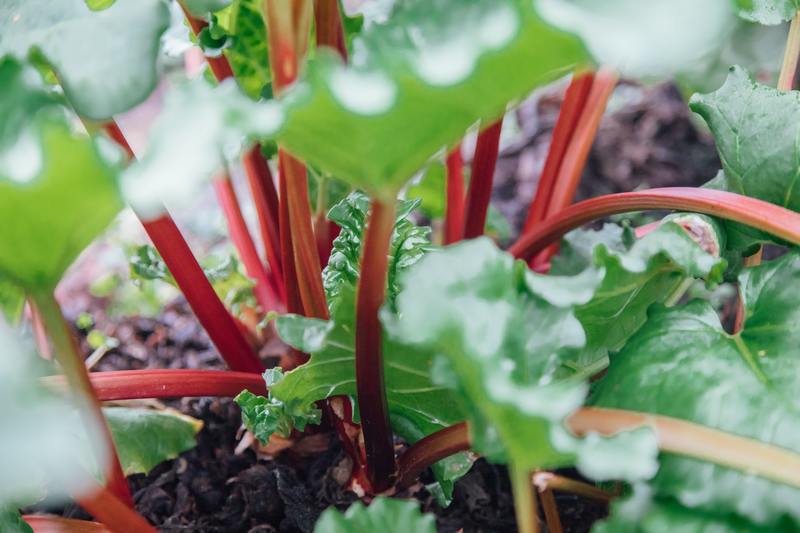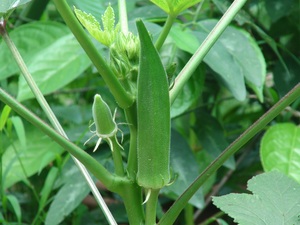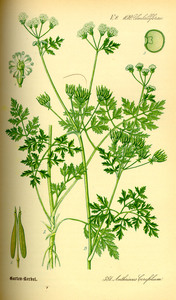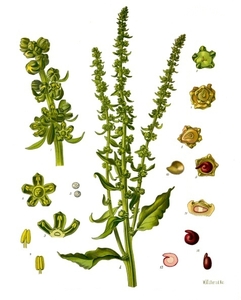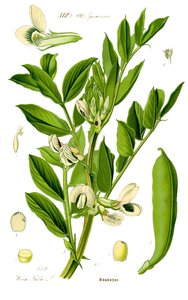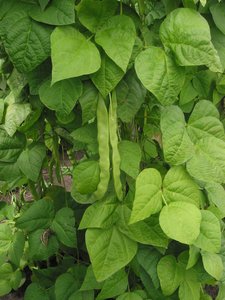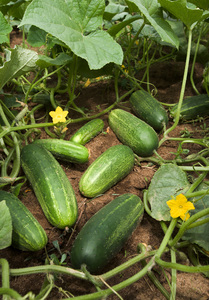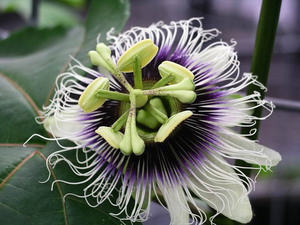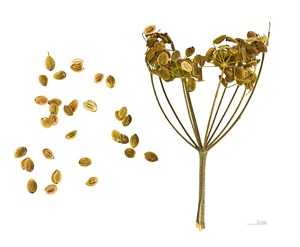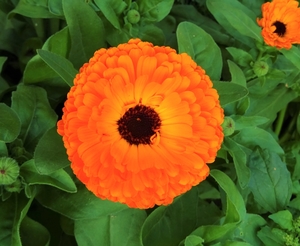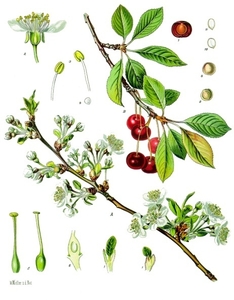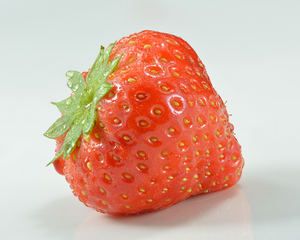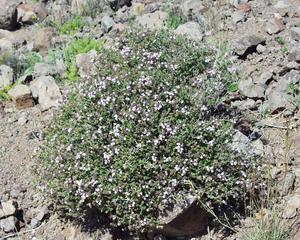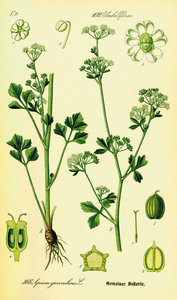Description
Lettuce, Lactuca sativa, is a plant native to the Mediterranean region. It has green, elongated leaves that form a loose head. The stem is relatively short and the plant grows to a height of about 8-12 inches. Lettuce is a fast-growing plant, with some varieties able to be harvested in as little as 45 days.
Lettuce can be differentiated from similar plants by its elongated leaves and loose head formation. It is also relatively short compared to other leafy green plants like kale and spinach.
Lettuce prefers cool temperatures and grows best in full sun or partial shade. It is a hardy plant and can tolerate light frost, but will not survive extreme cold. To cultivate lettuce successfully, growers should ensure that the soil is well-drained and moist, and that the plants are spaced appropriately.
Lettuce is edible and the leaves can be eaten raw in salads or cooked. The leaves can also be stored by washing and drying them, and then wrapping them in a damp paper towel before placing them in the refrigerator.
Lettuce has a number of uses. It is a popular ingredient in salads and other dishes, and has been used medicinally to treat a variety of ailments, including insomnia and digestive issues.





